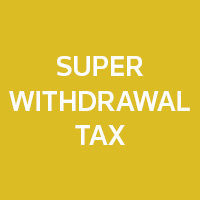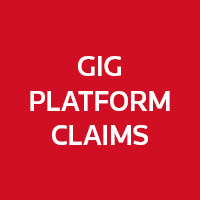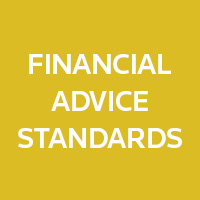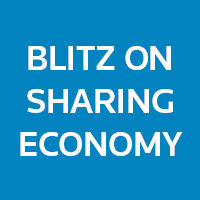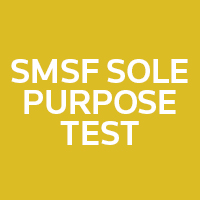How Much Tax Is Taken Out Of My Super Withdrawals?
You’ve worked hard for your super, so make sure you access your benefits in the most tax-effective way possible. Members aged under 60 years will pay tax on their withdrawals, but if you’re over 60 you generally will not pay any tax. But there are always exceptions! Find out what taxes apply before you jump in.
If you’re aged 60 or over, you usually won’t pay any tax on super benefits you withdraw. However, if you’re under 60 your benefits will be taxed.
To understand how much tax you’ll pay, it helps to remember that your super benefits are split into two components:
-The “tax free” component of your benefits is not taxed when you make a withdrawal, even if you’re under 60. This component is the part of your super balance made up of things like non-concessional (after-tax) contributions.
-The “taxable” component is taxed. This component reflects things like compulsory superannuation guarantee contributions, salary-sacrifice contributions and personal contributions for which you claimed a tax deduction, as well as investment earnings.
You can’t “cherry pick” which component you would like to fund your withdrawal. This means, for example, that if your accumulation account is 80% taxable and 20% tax-free at a particular point in time, any lump sum you withdraw at that time would also reflect this 80/20 split for tax purposes. Similarly, any pension you start at that time would have this 80/20 split locked in from the commencement day of the pension.
Therefore, the bigger your “taxable” component as a percentage of your account balance, the more tax you’ll pay when you withdraw benefits. The applicable tax rates are as follows:
Pensions: the taxable part of your pension payments is taxed at your marginal rate, less a 15% tax offset.
Lump sums: the taxable part of a lump sum withdrawal is tax-free up to your “low rate cap” of $205,000 (for 2018–2019; set to increase to $210,000 for 2019–2020). This is a lifetime cap that you gradually utilise each time you withdraw a lump sum. Once you have fully utilised your cap, the remaining taxable part of any lump sum is then taxed at 17% (or your marginal rate, whichever is lower).
Several exceptions apply to these rules. First, if you’re receiving certain “disability superannuation benefits” or accessing super before you’ve reached preservation age (eg on “compassionate” grounds), different tax treatment applies. Second, some people such as members of public sector or government superannuation funds are subject to special rules that mean they will pay some tax even if they’re aged over 60.
Planning ahead
It’s worth talking to your adviser to plan the best strategy for your super withdrawals. For example, if you’re under 60, a lump sum may be more tax effective than a pension because of the “low rate cap” discussed above.
However, to access a lump sum before age 65 you must meet a relevant condition of release such as “retirement”, whereas you only need to reach your preservation age in order to access a transition to retirement income stream (TRIS).
Your adviser can also help you explore the possible tax benefit of starting a full account-based pension (ABP). Unlike a TRIS, an ABP requires that you’ve met a relevant condition of release such as retirement, but the advantage is that it attracts a partial or possibly a full exemption from income tax on investment earnings inside the fund. So, as you can see, the decision to access your benefits is best made with professional advice that takes into account a range of factors including:
-your age;
-employment status and income;
-lifestyle/cashflow needs;
-tax efficiency of running a pension;
-eligibility for the Aged Pension; and
-special planning required if you hold more than $1.6 million in super (the current limit on the amount you can hold in full pensions like ABPs).
Need to access your super?
Talk to us today for expert advice tailored to your individual circumstances. We’ll help you navigate through the tax rules to get the most out of your retirement savings.

